History of Japanese Whisky
"Open your borders or else" declared Matthew Perry, the Japanese had little choice but to listen. After all, Tokyo was surrounded by Gunships with their cannons pointed straight at their city. 1858 was a major wake up call for the Japanese, they were clearly outgunned and had little choice but to accept the terms of the United States.
What does this have to do with Japanese whisky? Well, following the opening of their borders, the Japanese began to trade with the outside world and that included enjoying many western goods and especially their drinks. The Japanese loved the golden liquor from Scotland but struggled to produce their own. If you can't beat them...copy them. They decided to send a chemist to the Scottish Isles in 1918...and the rest is history.
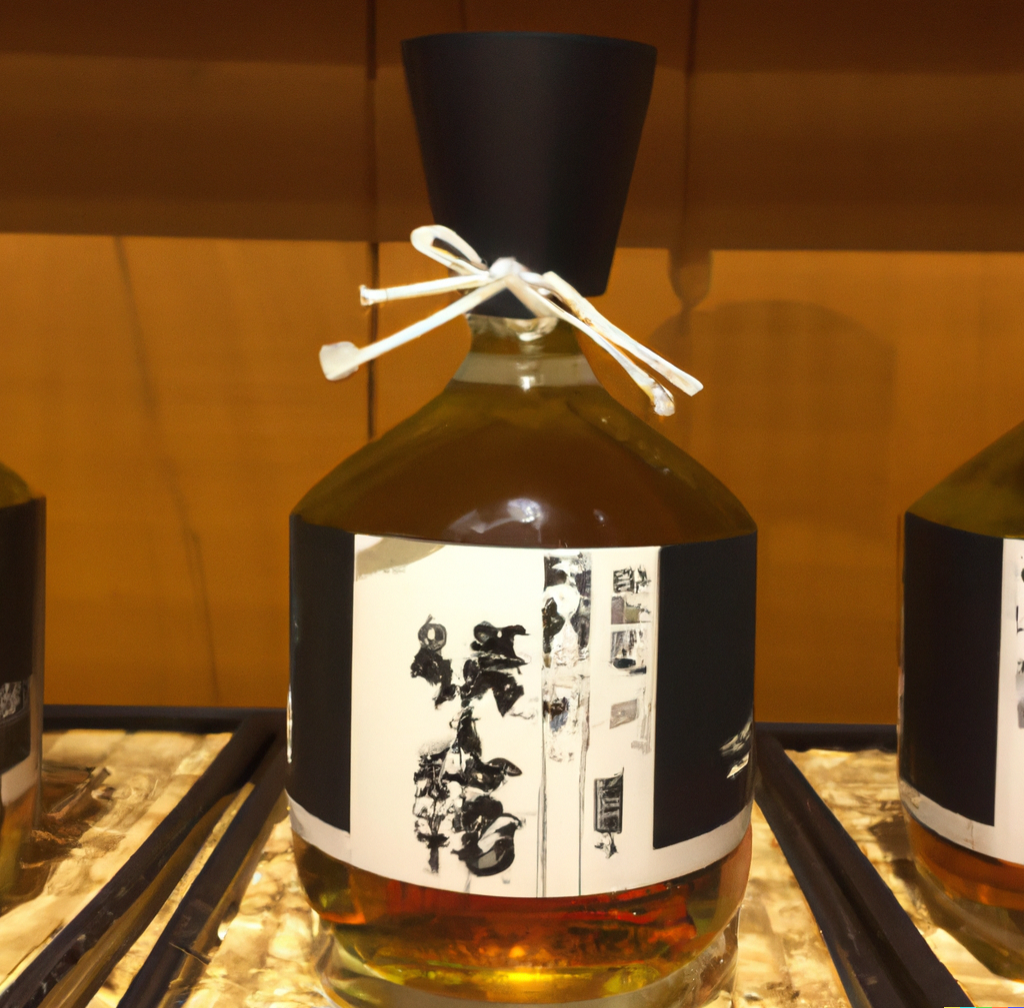
Commodore Matthew Perry
Why does he matter? Simply put, he opened up Japan to the West. Matthew Perry, no not the actor from Friends, was a distinguished US naval commander who had successfully captured Key West from the Spanish as well as led a exemplary career in the Mexican-American war and other campaigns.

Japan Expedition
President Millard Fillmore was hungry to open up the Eastern market to western traders, specifically American interests. Fillmore told him to open up Japan, no matter what. Even if it meant using gunboat diplomacy. Japan quickly realized they were outgunned and stood no chance against the collective West. Japan was now open for business, whether they liked it or not.
Who is the Father of Japanese Whisky?
After Japan had finally opened up to the world, the Japanese people fell in love with the golden amber that we know as Scotch. They tried to make their own but failed miserably...Until the father of Japanese whisky stepped in.
In 1918, Masataka Taketsuru, a Japanese Chemist, went off to Scotland to learn the craft of making Scotch Whisky. He fell in love with the technique and craftsmanship and was determined to make the same quality whisky in Japan. When Masataka Taketsuru returned to Japan, he partnered with a pharmaceutical executive, Shinjiro Torii.
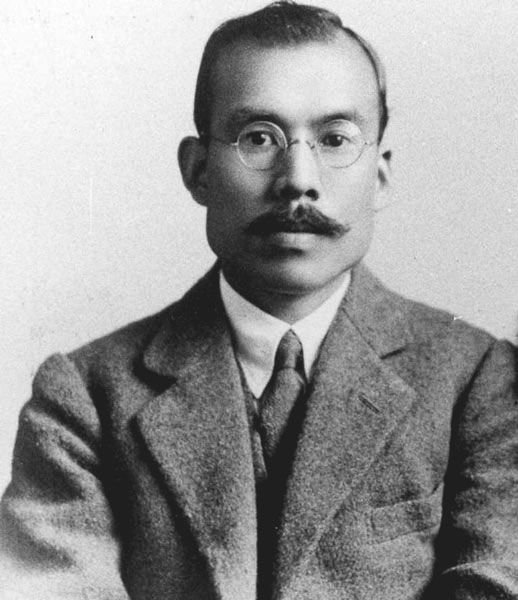
Who Created Nikka Whisky?
They opened their first whisky distillery together but their partnership didn't last long. Masataka Taketsuru decided to open up his own Whisky distillery, Nikka, in the Hokkaido region of Japan. To him, it was the most similar landscape to Scotland.
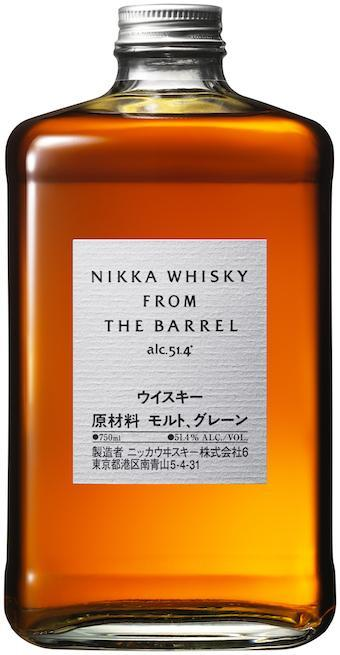
Who Created Suntory Whisky?
Perhaps the most famous of the Japanese whiskies, Suntory whisky, was founded by Masataka's former partner Shinjiro Torii. Little fun fact, Suntory is just "Tori San" backwards in Japanese. Definitely not against naming things after yourself.
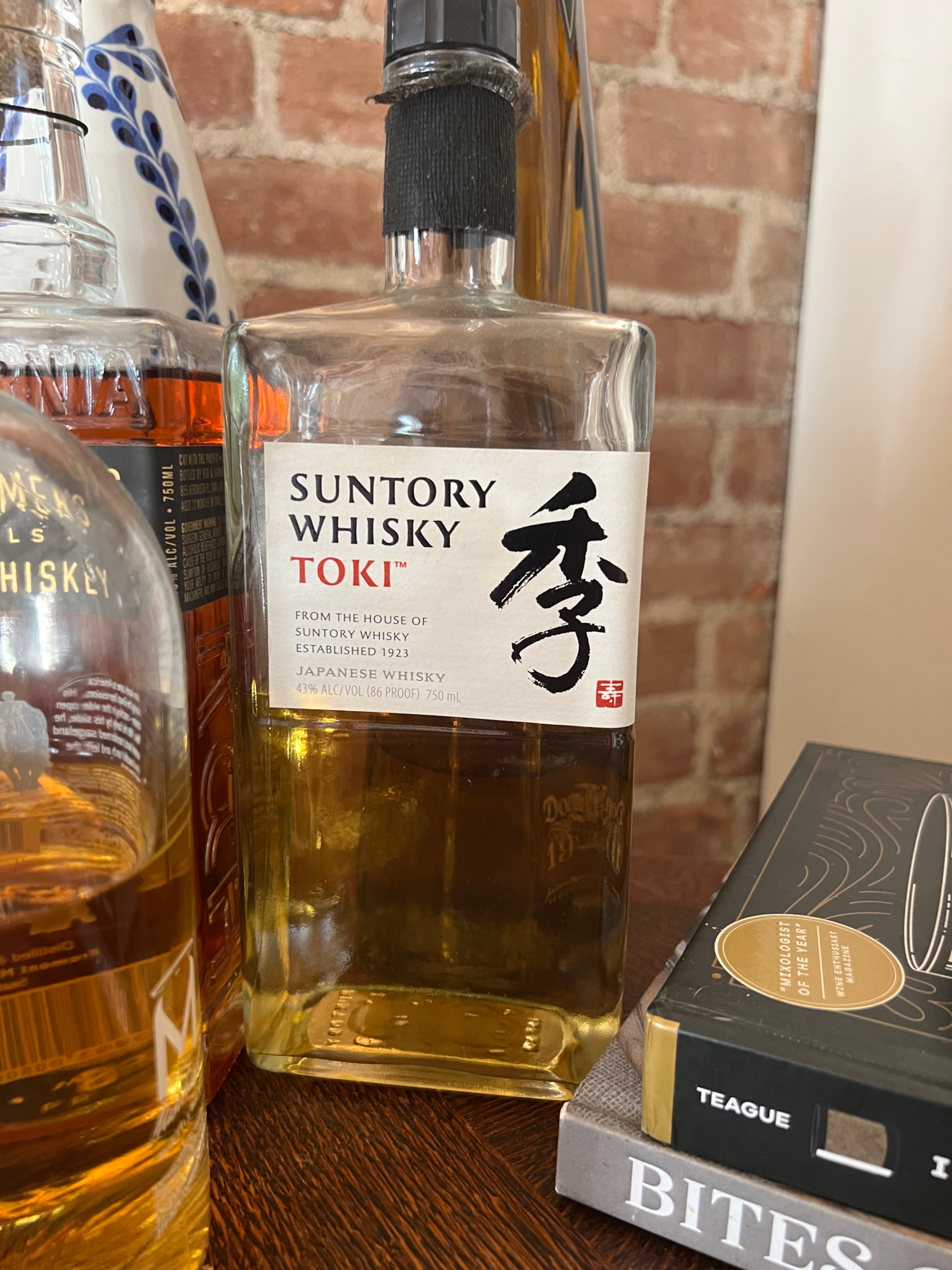
What is the Difference Between Japanese Whisky and Scotch?
The two whiskies are actually quite similar due to the influence of Scotch whisky making on both Masataka Taketsuru and Shinjiro Torii, but there is a major difference. The first thing you'll notice when you crack open a Japanese Whisky bottle is the difference in the aroma. Japanese whisky has a distinct aroma due to the use of Mizunara Oak barrels for the aging process.
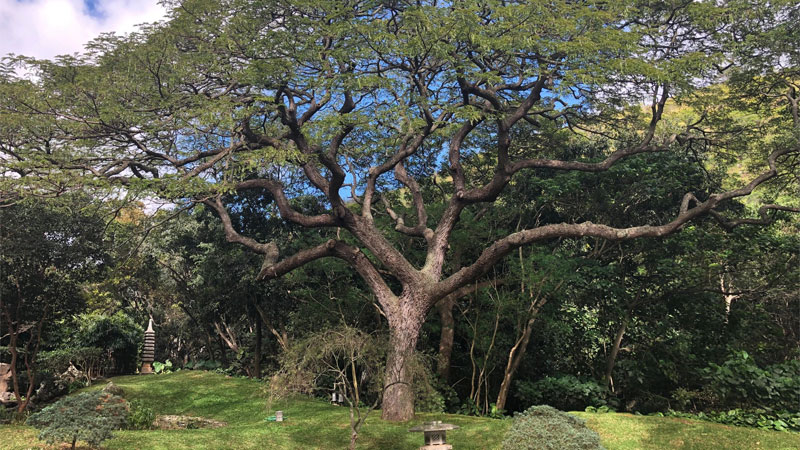
When Did Japanese Whisky Become Famous?
As Japanese whisky production began to ramp up, Japanese prosperity also was on the rise. Japanese began to shun their traditional liquors in favor of western ones. Wine, Beer, and of course whiskey were in major demand across the country of Japan. In fact, the average Japanese person was consuming 3 Liters of whisky a year.
Following World War II, the occupying western forces (Americans and British) became super fond of Japanese whisky and brought it back to their respective countries where it became a smash hit. Japanese whisky hit a pop culture moment in the 90's when Bill Murray would famously claim its Suntory Time in the famous movie, Lost in Translation.
Japanese whisky production began to dominate the prominent whisky awards. In fact, the Hakushu 25 year whiskey won best whiskey of the year 3 years in a row. Japan had arrived.
Japanese Whisky Cocktails
Now that you have a general idea of the history of Japanese whisky, what cocktails can we make?? We have a complete guide here but heres a snippet.
Japanese Old Fashioned
The Perfect Old Fashioned.
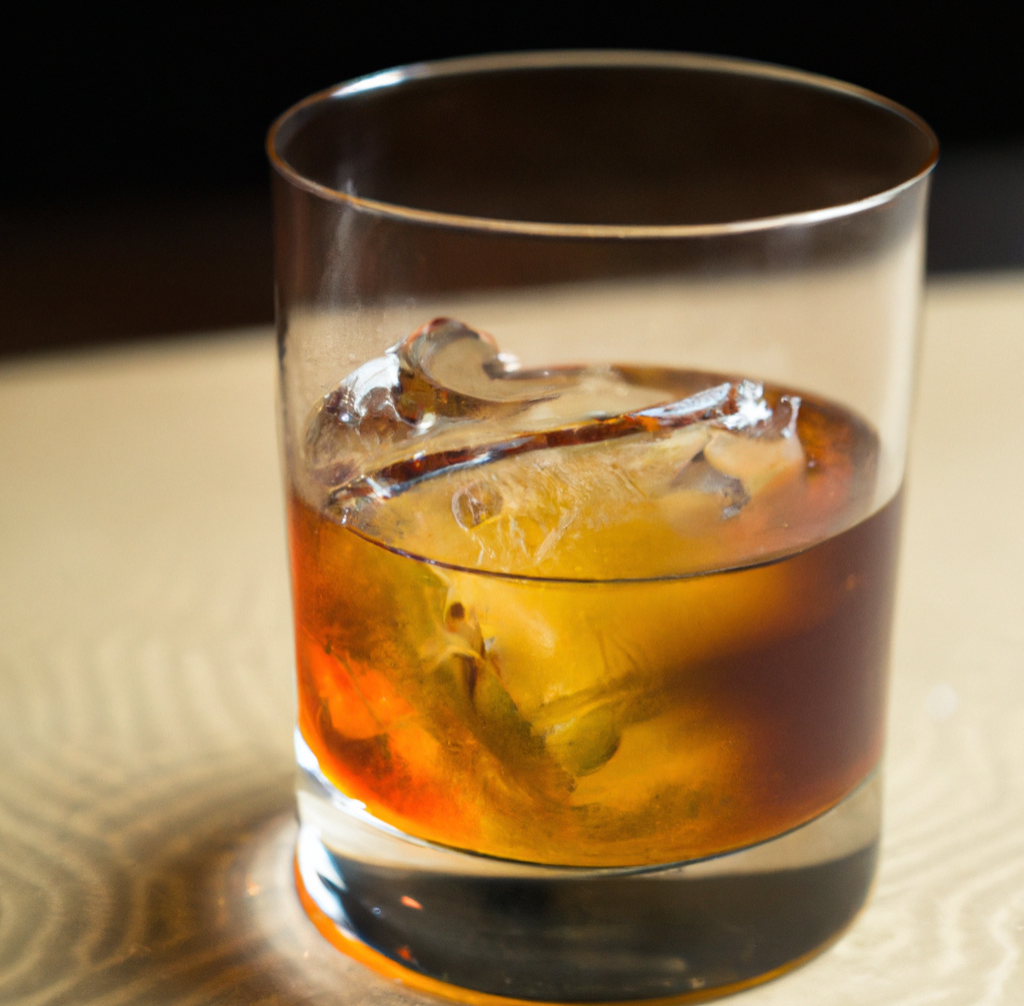
The Old Fashioned is the ultimate Gentleman's cocktail, a perfect combination of Rye Whiskey, Bitters, an orange slice and a Maraschino cherry.
Ingredients :
-
1 Brown Sugar Cube
-
1/2 Orange Slice
-
1 Maraschino Cherry
-
A Dash (or two) of Angostura Bitters
-
2 Ounces of Nikka Whisky
Directions :
-
Pour a touch of water in the bottom of the glass
-
Muddle the sugar in the glass
-
Add the cherry and bitters
-
Pour in the Nikka
-
Stir 50-100 times
Japanese High Ball
A highball is a simple drink and perfectly suited for a Japanese whisky cocktail. We recommend a Japanese scotch to mix with a high ball.
-
2 ounces Japanese whisky
-
4 ounces soda water (or ginger ale or ginger beer)
-
Lemon wedge
-
Ice, for serving
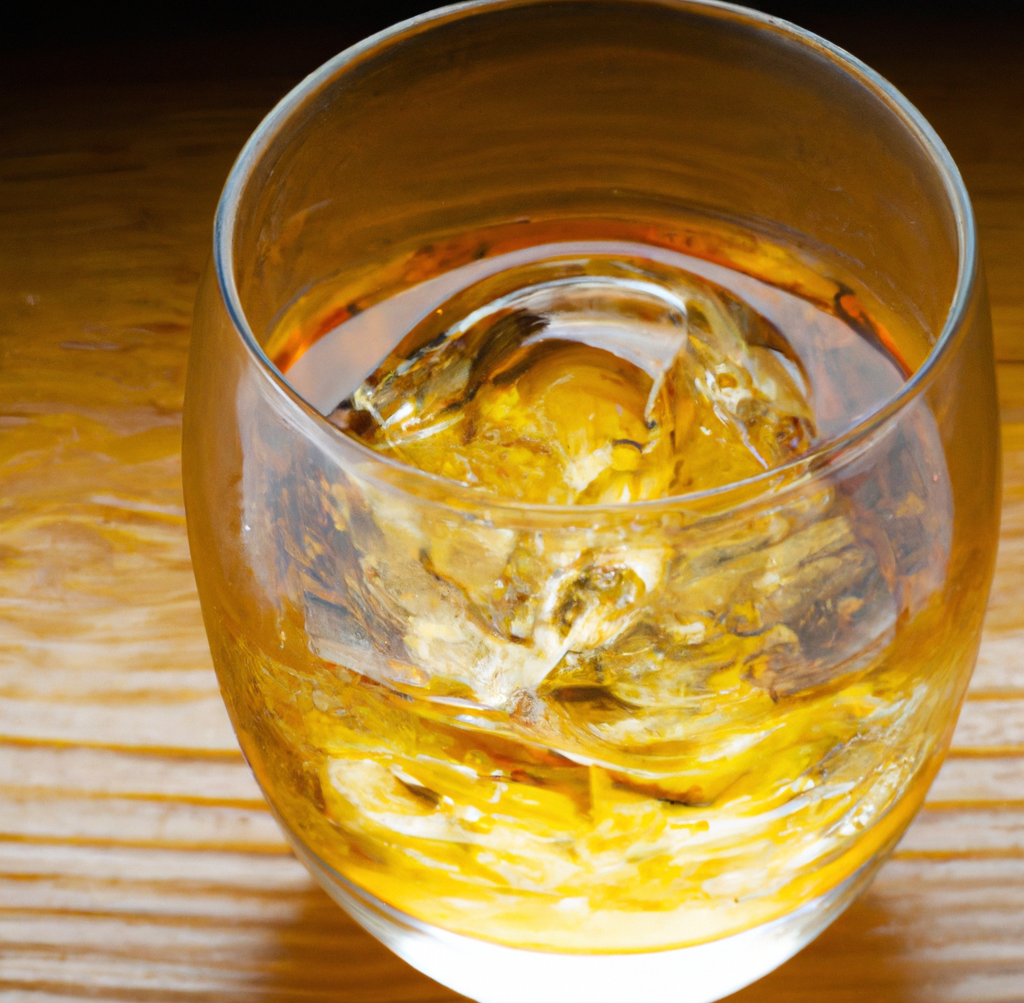
On the Rocks
If you truly want to capture the flavor of a Japanese scotch or whiskey, then you would want to pour a finger or two of Japanese whisky over ice. Let the ice melt a bit, so the flavor isn't overwhelming.
What makes Japanese whisky special is the dedication that Japanese craftsman have to their product. Like a katana blade or a Kobe beef, the Japanese whisky makers spend many many years perfecting their craft. Each taste test is more rigorous than the one before it.
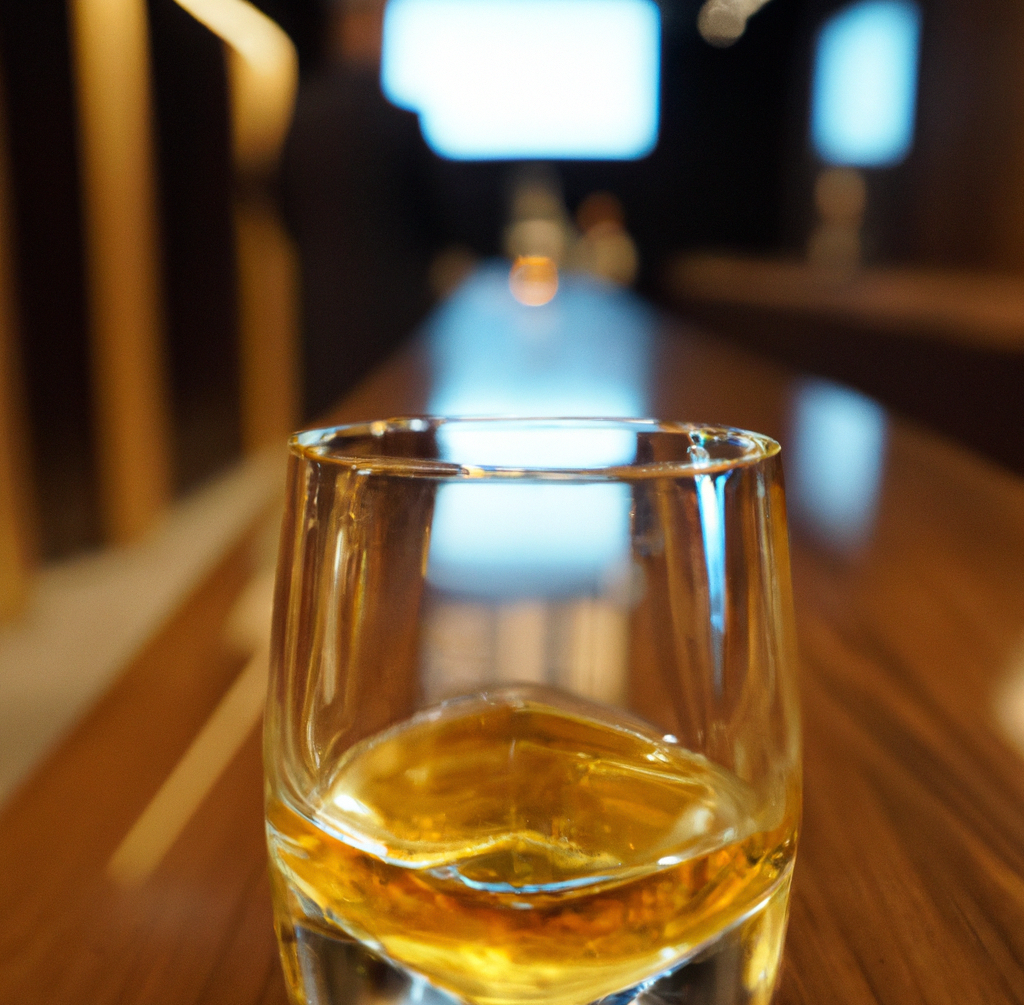
Other Alcohol History
Interested in learning the History of Brandy or History of Bartending?
Who was the first Bartender?? Jerry Thomas??













Leave a comment